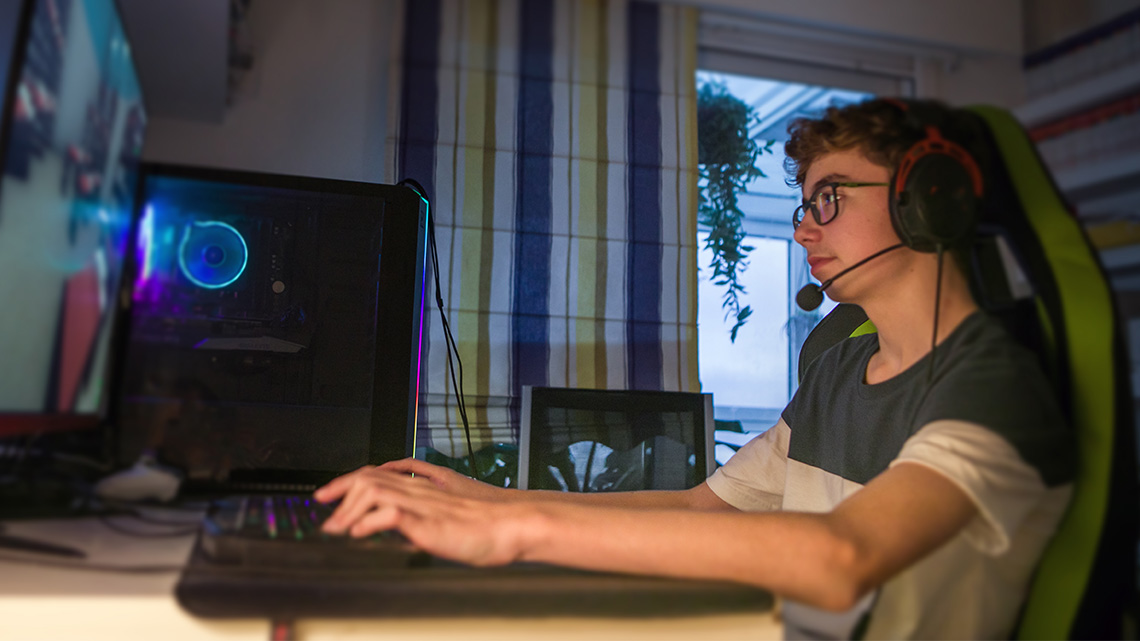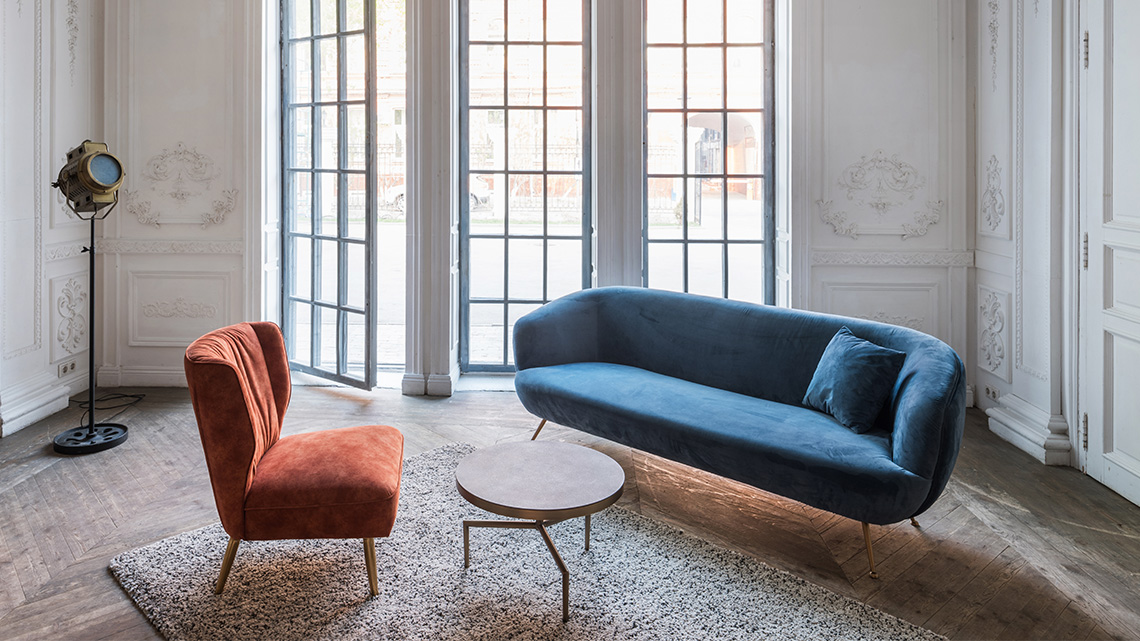Minds On
Engineering a design

Engineers design items that are comfortable and convenient for everyone.
Comfort and convenience
Let’s explore the following images:
Student Success
Think
After exploring the previous images, let’s think about the following:
What objects do you use most days that have different designs for comfort and convenience?
Record your ideas in a notebook or another method of your choice.
Note to teachers: See your teacher guide for collaboration tools, ideas and suggestions.
Action
Innovation in Canada
This learning activity features emerging technologies, STEM contributions, and Canadian innovations that are making a difference.

Ergonomics
Ergonomics is the science of using human characteristics to design tools, structures, and systems that are comfortable, safe, and efficient for the user. It is also the process of designing or organizing a space to fit the people who are using them.
Explore the following Science North video entitled “Ergonomic Structures!” to learn more about ergonomics.
Ergonomic spaces and systems should:
- allow people to be comfortable and change positions on a regular basis
- have all equipment within easy reach
- reduce the force or effort required to complete a task
- promote good posture for the body (including back, neck, and wrists remaining straight)
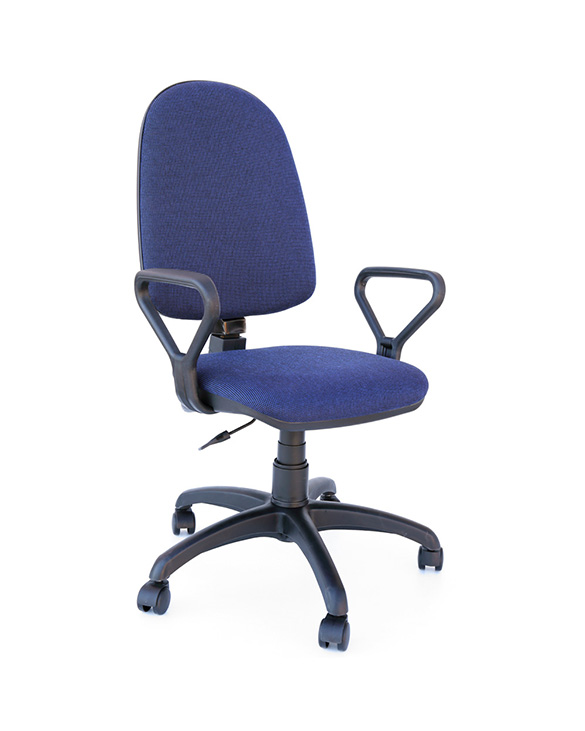
Cushioned chair
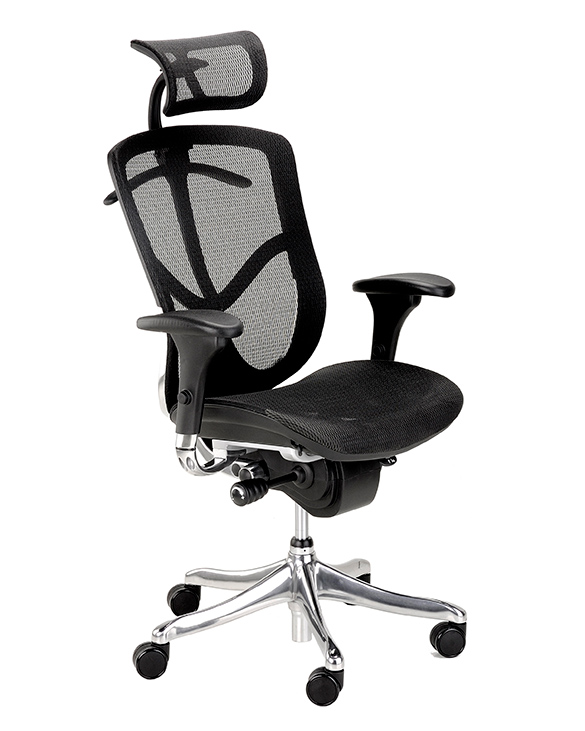
Ergonomic chair
Ergonomic goals
In the workplace, or a similar setting, there are eight main goals to ergonomics.
Check out the following descriptions to learn more about the main ergonomic goals.
Learning check!
For each sentence, select the missing word from the drop-down menu.
Pause and Reflect
Pause and reflect
Choose two of the following questions to reflect on and respond to:
- Which of these eight ergonomic considerations impact a person’s health? Why?
- Which of these eight ergonomic considerations impact a person’s safety? Why?
- Which of these eight ergonomic considerations impact a person’s ability to work more efficiently? Why?
Record your ideas in a notebook or another method of your choice.
Ergonomic technologies

There are several emerging technologies that use coding and computer programming that are being designed with ergonomics in mind.
Press the following tabs to explore some of these emerging technologies and their purpose.
Exosuits are wearable devices that enable, assist, or enhance motion, posture, or physical activity through a mechanical interaction with the body.
These provide added supports to different area in the body and can assist people working, specifically in careers that require a lot of physical effort.

Wearable sensor technology, such as “Lumo Lift”, is a technology that is designed to help a person maintain a neutral posture by reminding them not to slouch or sit a certain way. Other wearable sensors track back posture, including sitting, standing, walking, climbing, or even tripping.

While artificial intelligence is not new, it is new to ergonomics. Traditionally, tests on ergonomic designs were done through observations, which left inconsistencies and inaccuracies. Now, ergonomics can be measured using artificial intelligence to find what the human eye cannot.
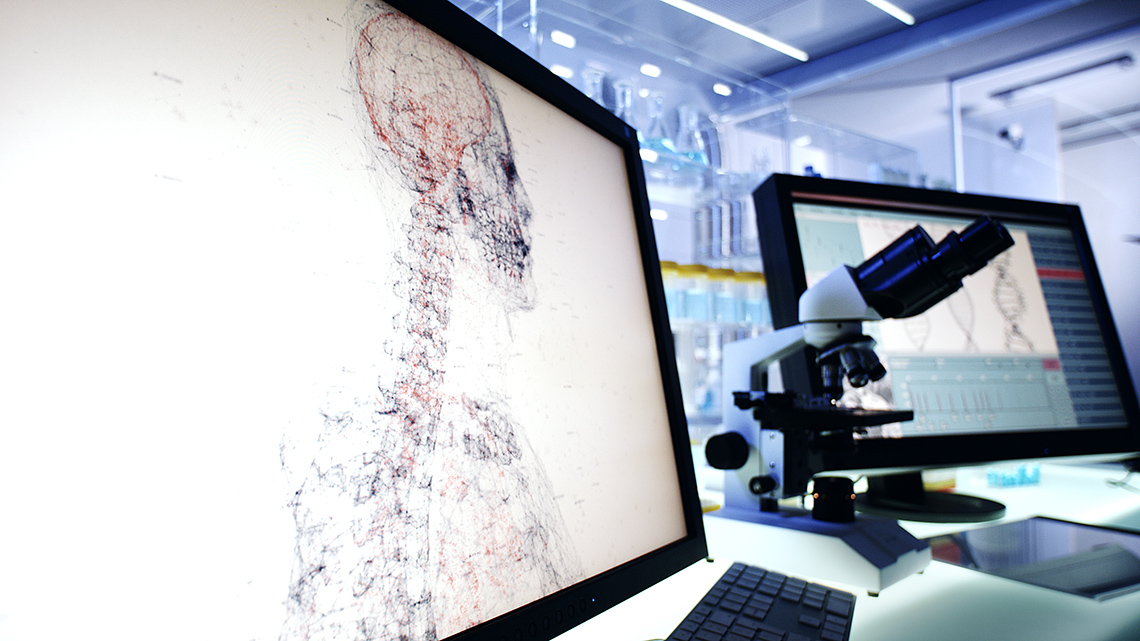
Lighting is something you might not think about when it comes to ergonomics. “Flux” is a software that automatically adjusts your computer screen to its optimal setting (warm at night and like sunlight during the day).

Research has found that standing for a few hours each day helps to reduce the risk of things like heart disease, back pain, and obesity. Companies like “Evodesk” are creating mechanical standing desks that are designed with the user in mind.

Student Success
Think
After exploring the various emerging technologies, let’s think of and describe some of their impacts.
Choose one of the technologies and consider the following questions:
- How is the technology making an impact on people’s health and their safety?
- Is the technology making work more efficient? Why or why not?
- How do you think computer programming/coding is involved in the function of this technology?
Record your ideas in a notebook or using another method of your choice.
Note to teachers: See your teacher guide for collaboration tools, ideas and suggestions.
Design time!

For this section of the learning activity, choose one of the following options to explore and complete.
- Option A: Re-designing ergonomically
- Option B: Design your own ergonomic chair
Option A
For this option, the task is to re-design an item while thinking ergonomically.
Before you begin your design, explore the following video to learn about the steps of the Engineering Design Process.
Begin by choosing an item in your life that you feel needs to be improved to increase efficiency, productivity, safety, health, and comfort.
Explore the design process guidelines, and if possible, build and test your device.
Press the following tabs to access guidelines for your ergonomic design.
I can understand the problem by…
- finding and reviewing information related to the question, problem or design
- asking people who might use the solution, or know or are affected by the problem
- thinking about what I already know, and what others might know about the problem or design
- searching for possible problems with existing solutions
I can create many potential solutions by…
- brainstorming about all of the possible ideas and solutions
- thinking about potential solutions while thinking about what research or solutions already exist
- developing a way to decide if a solution or model is a success
- considering changing existing solutions to use them in a new way, or to make them better
- considering new ideas that are different from existing solutions
- changing or combining some brainstormed solutions
I can create a design by…
- choosing the best solution
- planning my design by thinking through the steps, materials, equipment and time needed
- making sure the design can be made well
I can test the prototype by…
- thinking about what tests will help me decide if my solution is good
- running tests in different ways and with different users
- recording my observations from the tests
- getting feedback and ideas from others
I can evaluate and revise by…
- considering my results from my tests and what changes I could make
- considering using ideas and solutions, or parts of them
- reviewing what I knew before starting, and compare that to my results
- thinking about new parts, materials, equipment or time that I need to make my design better
- making final changes to my prototype
Complete the Ergonomic Re-design Activity in your notebook or using the following fillable and printable document. If you would like, you can use speech-to-text or audio recording tools to record your thoughts.
|
Ask! |
What is the problem with the item you are trying to improve? |
|---|---|
|
Brainstorm! |
1) How can you improve this item? |
|
2) How can you make it more ergonomic? |
|
|
3) Why is this important? |
|
|
Design! |
Create your design for your item on paper or digitally. Be sure to label materials you will need and areas that make your item more ergonomic. |
|
Build! (optional) |
Using materials of your choice, build a model of your item. |
|
Test! (optional) |
Test your item (or have someone else test it). Record observations as it is being tested. |
|
Improve/Rebuild! (optional) |
Assess and record areas of your design that require improvements. Make changes to your model to make it better. |
|
Ask! |
1) How can you make your item more ergonomic? |
|
2) Does your design make the item more comfortable? |
|
|
3) Does your ergonomic item increase efficiency? |
|
|
4) Does your ergonomic item decrease the risk of injury? |
|
|
5) Has the ergonomic tool maintained its original function? |
|
|
6) What were the main factors to consider when designing your ergonomic tool? |
Press the ‘Activity’ button to access Ergonomic Re-design Activity.
Try It
Option B
Check out the following Science North video entitled “Ergonomic Structures!” to learn more about how to design a chair using only paper and tape.
Let’s reflect on the explored steps of the Engineering Design Process as we design our own ergonomic chair.
Complete the Ergonomic Chair Design Activity in your notebook or using the following fillable and printable document. If you would like, you can use speech-to-text or audio recording tools to record your thoughts.
|
Brainstorm! |
1) How can you build a chair out of paper and tape only? |
|---|---|
|
2) What will you consider? |
|
|
3) How will you make your design ergonomic? |
|
|
Design! |
Design your chair and record your ideas in print or digitally. Be sure to label materials you will need and areas that make your item more ergonomic. |
Press the ‘Activity’ button to access Ergonomic Chair Design Activity.
What do you think?
- According to the video, what is ergonomics?
- Are there areas of your design that require improvements? What changes would you make?
- Do you think your chair is ergonomic? Why or why not?
- What did you consider when designing and building your chair?
- What do you think would be important to consider if you were building a chair for real-life use?
Record your ideas in a notebook or another method of your choice.
Consolidation
Review your learning
For this activity, sort the statements as an action you should do or shouldn’t do.

Pause and Reflect
Pause and reflect
Reflect on the following question:
Why is ergonomics important?
Then, choose one of the following questions to respond to:
- Think about a classroom, school, or another area in a community. Is there any way or anything you can change to make that space more ergonomic? You can return to the eight ergonomic design considerations to support your idea.
- Brainstorm an ergonomic item. Is your item inclusive and safe? Would it make the user’s work more efficient? How do you know? Does your idea use emergent technologies? If so, in what way?
Record your thoughts and ideas in a notebook or another method of your choice.
Reflection
As you read the following descriptions, select the one that best describes your current understanding of the learning in this activity. Press the corresponding button once you have made your choice.
I feel…
Now, expand on your ideas by recording your thoughts using a voice recorder, speech-to-text, or writing tool.
When you review your notes on this learning activity later, reflect on whether you would select a different description based on your further review of the material in this learning activity.
Press ‘Discover More’ to extend your skills.
Discover MoreAdvertise
Create an advertisement of your ergonomic item!
You can create your advertisement using a digital platform, video, writing, audio recording, or another method of your choice.
Your advertisement should include:
- the name of your product
- how your product is more ergonomic than its original (How is it more comfortable for the user?)
- the price of your product and where it can be purchased
- a visual (picture, drawing, etc.) or detailed description that explains what your item is
Based on what you’ve learned, what changes could you make in your own life and spaces (or environment) to promote ergonomic design?
Record your thoughts in a notebook or another method of your choice.
